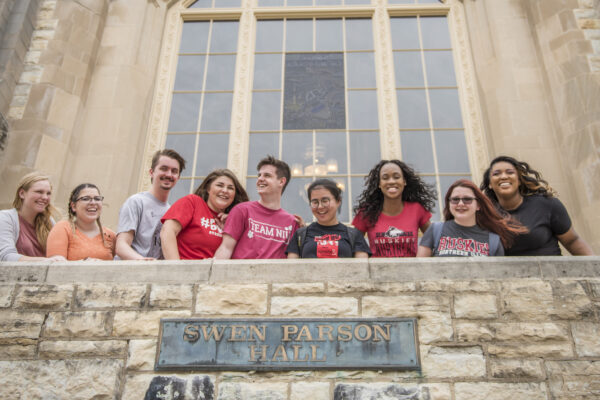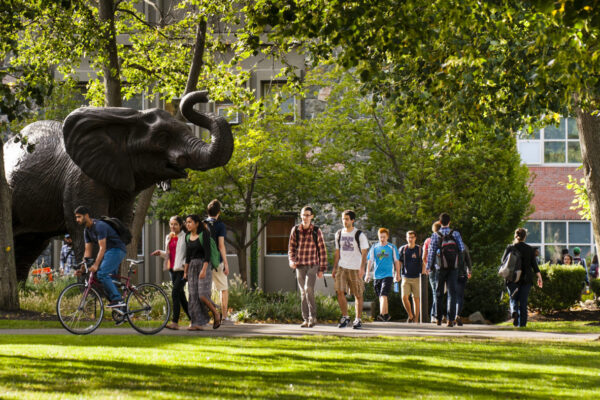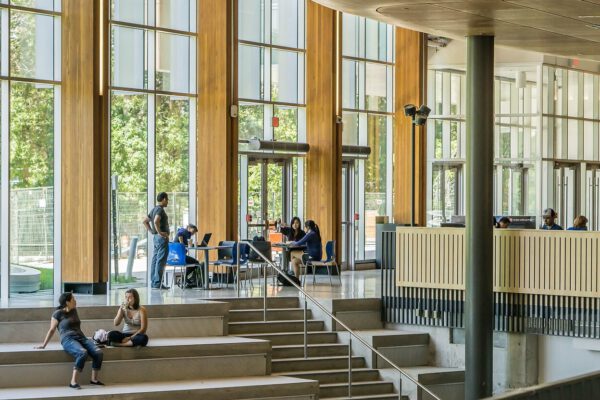Data Considerations for Documenting American Indian and Alaska Native Students
Title: Better Data for Supporting American Indian/Alaska Native Students
Source: Western Interstate Commission for Higher Education (WICHE)
Authors: Colleen Falkenstern and Angie Rochat
The Western Interstate Commission for Higher Education (WICHE) released a white paper that echoes calls for comprehensive and accurate data on American Indian and Alaska Native students. As a means for achieving equitable educational attainment, WICHE explains that institutions must recognize the “unique cultures, political identities, and experiences of Native students.” This process entails partnerships between higher education institutions, Tribal Colleges, tribal education offices, higher education organizations, and policymakers to collect data for developing best practices and evidence-based decision-making.
As a whole, the report draws attention to boarder issues surrounding national data collection, before highlighting barriers to capturing American Indian and Alaska Native student populations, in particular. Notably, the authors exemplify demographic changes in college enrollees, students’ racial categorization, and gaps in college-going rates as interrelated issues that cannot be understood without a more comprehensive data system.
Click here to read the report.
—Anna Marie Ramos
If you have any questions or comments about this blog post, please contact us.


